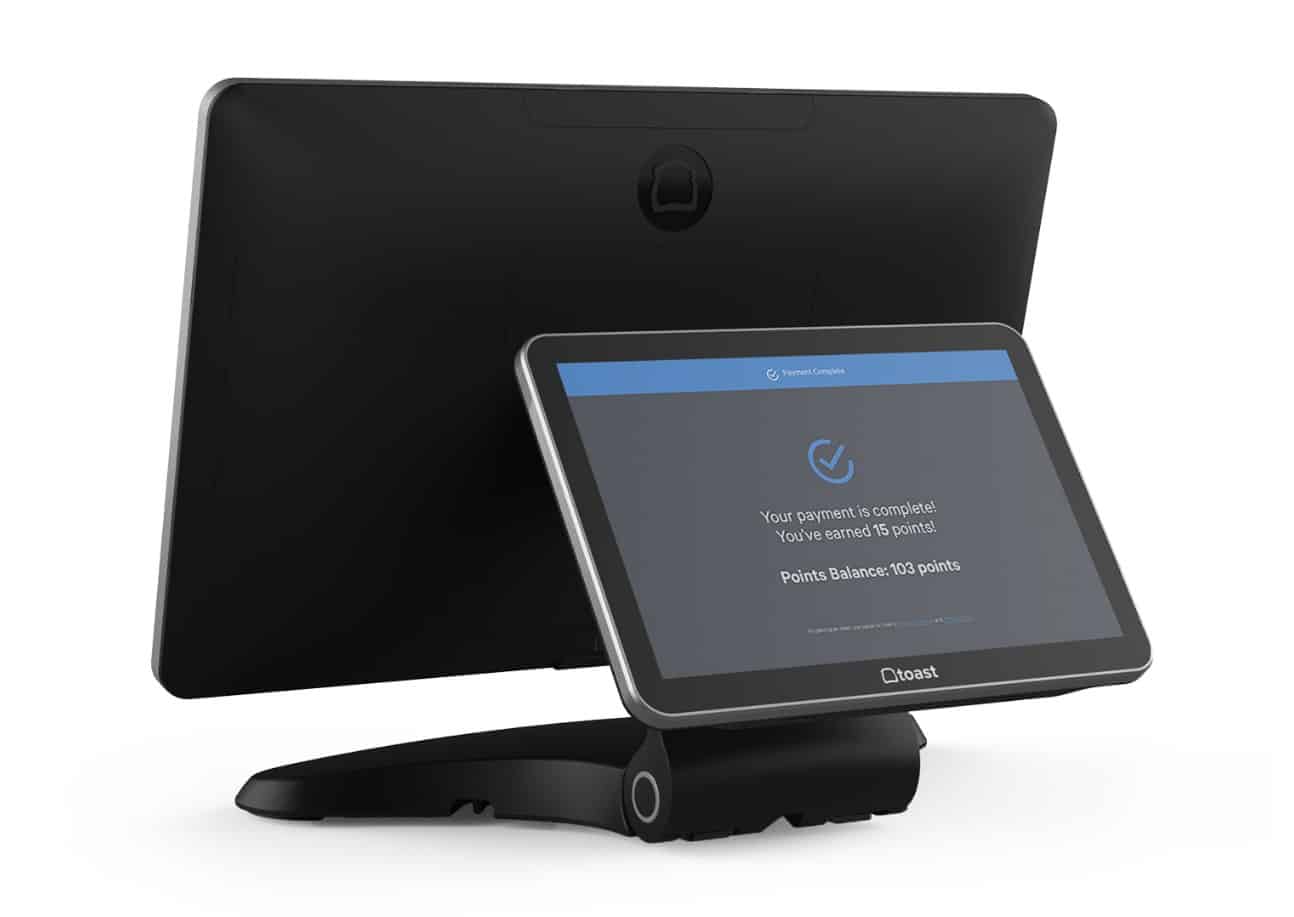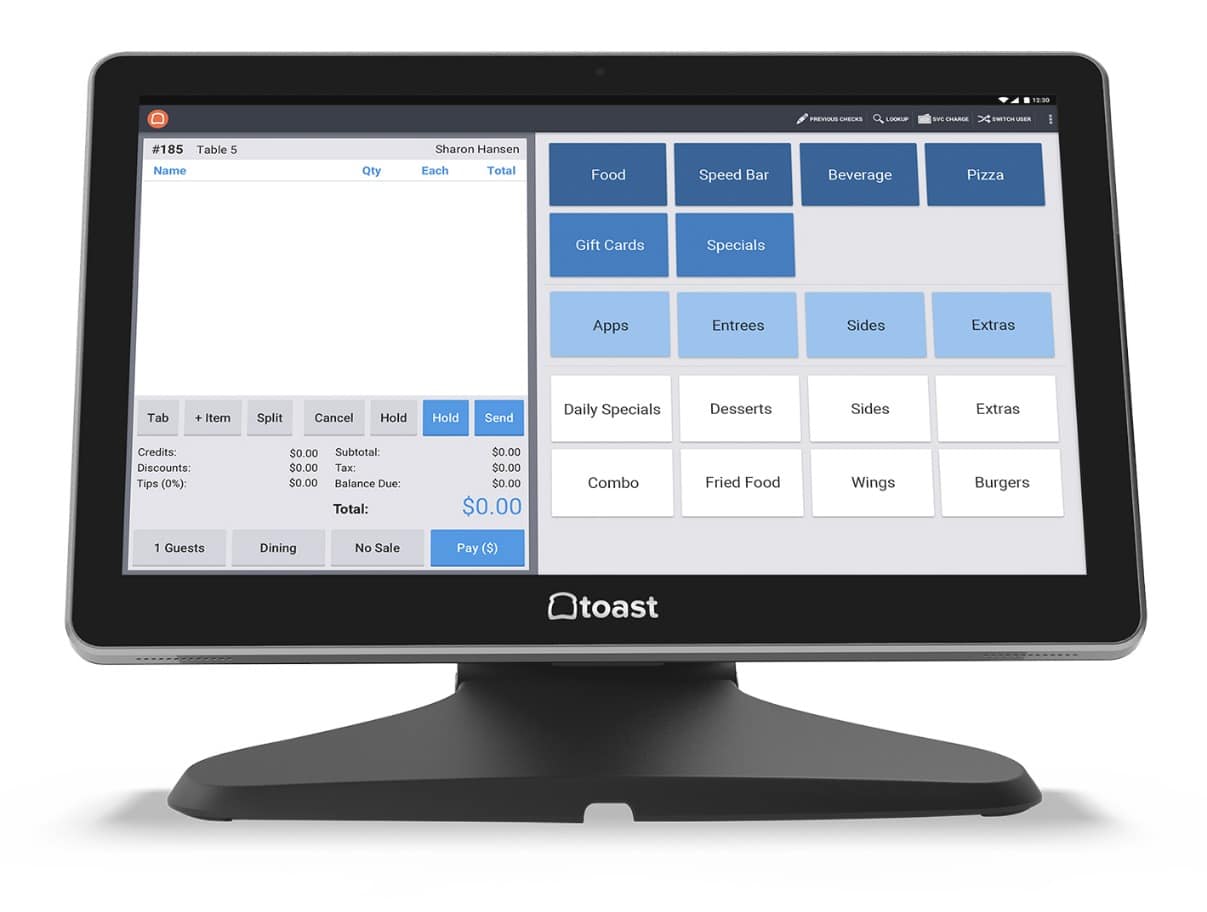In today’s fast-paced restaurant industry, the seamless integration of technology can make the difference between a thriving business and one that struggles to keep up. Imagine this: your front-of-house operations are humming along smoothly with the Toast POS System Integration, while your back-end management software is meticulously tracking inventory and labor costs. But what if these two powerful tools could talk to each other? Integrating Toast restaurant software with other key systems in your establishment can create an ecosystem where everything from order taking to payroll processing works in harmony.

If you’re ready to elevate your restaurant’s efficiency and streamline operations like never before, you’re in the right place. This article will guide you through the process of integrating Toast POS with various restaurant management solutions, unlocking new levels of productivity and customer satisfaction. Get ready to transform fragmented workflows into a cohesive powerhouse that not only simplifies tasks but also boosts your bottom line.
1. **Understanding Toast POS Integration**
When delving into Toast POS basics, it’s essential to recognize the platform’s potential to revolutionize restaurant operations through its intuitive interface and robust feature set. As an all-in-one solution, Toast streamlines various aspects of restaurant management, from point-of-sale transactions to customer relationship management. By facilitating real-time data access and actionable insights, it empowers restaurants to make informed decisions swiftly.
Toast integration offers seamless connectivity with other essential restaurant management software such as inventory control systems and scheduling tools. This interoperability minimizes human error by automating data entry and synchronization processes, which not only saves time but also reduces discrepancies across platforms. Leveraging these integrations allows for a cohesive operational ecosystem, enabling your staff to focus more on creating exceptional dining experiences rather than getting bogged down by administrative tasks.
2. **Importance of Toast Integration in Restaurants**
Toast integration in restaurants is not merely a technological luxury; it’s a fundamental necessity for streamlined operations and enhanced customer experiences. Unified systems create a seamless flow of information between order taking, kitchen management, inventory control, and financial reporting. This interconnectedness reduces manual errors, eliminates redundancies, and accelerates the service process–transforming the dynamics of restaurant efficiency.
Moreover, integrated systems allow managers to gain real-time insights from multiple touchpoints, enabling more informed decision-making. Imagine effortlessly tracking inventory levels while simultaneously analyzing sales data to forecast demand accurately. The result? Reduced food wastage, optimized stock levels, and ultimately greater profitability. When Toast POS integrates smoothly with other management software tools specific to your restaurant’s needs–from reservations to payroll–the cohesive ecosystem promotes not just operational excellence but also drives strategic business growth through actionable analytics.
3. **Identifying Compatible Software Solutions**
When integrating Toast POS with other restaurant management software, identifying compatible solutions is crucial for seamless operations and maximizing efficiency. Start by assessing the specific needs of your restaurant: Are you looking to streamline accounting, inventory management, or customer relationship tools? Understanding these priorities will help you narrow down the options and focus on solutions that align with your operational goals.
Beyond functional fit, it’s also essential to consider how well potential software integrates with Toast POS’s API capabilities. Look for software with proven track records of successful integrations and positive user feedback in real-life settings similar to yours. Interoperability can transform otherwise disparate systems into a unified powerhouse, optimizing workflows and reducing manual effort. Finally, don’t overlook vendor support–comprehensive training and responsive customer service can be pivotal during the transition phase, ensuring your team gets up to speed quickly without disrupting day-to-day operations.
4. **Preparation Before Integration Process**
The foundation of a seamless integration process begins with thorough preparation. Identify the specific functionalities you aim to enhanceToast integration with other restaurant management software. Outline clear objectives and prioritize the features vital for your business operations, such as improved inventory tracking or streamlined staff scheduling. This clarity will serve as your roadmap, ensuring that every decision during the integration aligns with key business goals.
Equally important is conducting a comprehensive system audit. Assess the compatibility of existing software infrastructures to identify any potential conflicts or deficiencies that need addressing before merging systems. Engaging stakeholders from various departments early on can also provide invaluable insights into user needs and expectations, reducing resistance and fostering a more inclusive attitude towards the change process. By laying this groundwork, you create an environment primed for a successful and less disruptive integration journey.
5. **Toast Integration Step-by-Step Integration Guide**
To streamline your restaurant operations by integrating Toast POS with other management software, follow this step-by-step guide tailored to eliminate friction and ensure seamless compatibility. First, identify the specific functionalities you need from both systems. This could range from syncing inventory levels in real-time to automating payroll through integrated time-tracking. Next, verify API accessibility; most modern applications like Toast offer robust APIs that developers can leverage for smooth integration.
Once you’ve covered the groundwork, consult detailed documentation from both Toast and the secondary software. Pay close attention to any prerequisites or special coding requirements that might necessitate developer support. After ensuring compatibility and completing a few test runs in a controlled environment, initiate the full-scale integration during off-peak hours to minimize revenue impact if any hiccups arise. By adhering closely to this structured approach, you pave the way for enhanced operational efficiency without compromising data integrity or disrupting day-to-day activities.
6. **Toast Integration Common Integration Issues and Fixes**
Integration issues can quickly become roadblocks, halting the seamless operation of your restaurant management software alongside Toast POS. One frequent issue is data synchronization failures, where real-time updates between the systems fall out of sync. This can create discrepancies in inventory counts or double entries for orders. To mitigate this, ensure both platforms are correctly mapped and periodic audits are performed to maintain data consistency.

Permissions conflicts also present significant challenges. When different software systems have varying levels of user access permissions, this can cause friction during integration. Addressing this involves configuring a unified permission schema that aligns with all integrated tools while auditing user roles regularly to prevent unauthorized access or function overlaps.
By proactively addressing these common integration pain points, restaurant managers can leverage the full potential of an interconnected system, driving efficiency and reducing operational headaches.
7. **Benefits of Seamless Toast Integration**
Seamless software integration, particularly in the context of integrating Toast POS with other restaurant management tools, offers far-reaching benefits that can revolutionize your business operations. One significant advantage is the real-time data synchronization across platforms, ensuring that sales data, inventory levels, and customer preferences are always up-to-date and accessible without manual intervention. This leads to faster decision-making processes and reduces the risk of errors caused by outdated or incorrect information.
Moreover, a seamlessly integrated system enhances operational efficiency by automating routine tasks such as ordering supplies, scheduling staff shifts, and monitoring performance metrics. Instead of juggling multiple systems with disparate login credentials and interfaces, staff can access everything from a single dashboard. This consolidation not only saves time but also empowers employees to focus more on delivering exceptional service rather than getting bogged down by administrative duties. Enhanced employee productivity coupled with improved business insights ultimately drives profitability while providing a smoother experience for both staff and customers alike.
Working with United Banc Card of TN
If you find yourself wanting to conquer your restaurant, retail shop, look no further thanUnited Banc Card of TN. With their innovative solutions and trustedPOS System services, they will guide you towards financial success. Whether you are asmall business owneror an individual looking to manage your finances better, United Banc Card of TN has the tools and expertise to help. Call us today @615-476-0255

